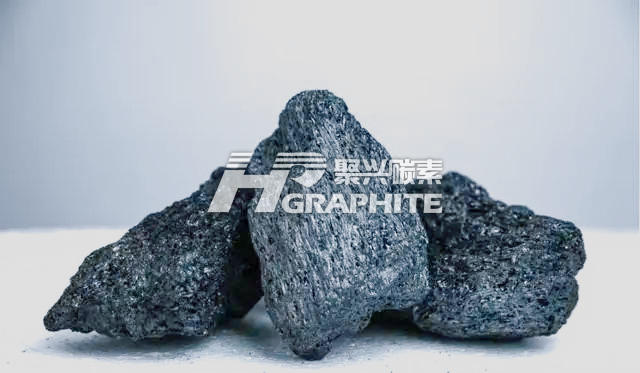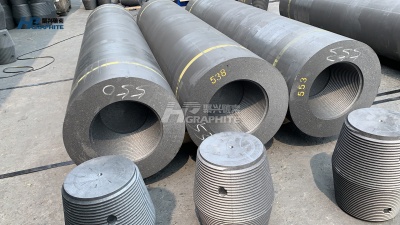【Industry Knowledge】Needle Coke and Graphite Electrodes

【Industry Knowledge】Needle Coke and Graphite Electrodes
The production process of carbon materials is a tightly controlled system engineering. The production of graphite electrodes, special carbon materials, carbon for aluminum, and new high-end carbon materials all rely on the combination and application of four production elements: raw materials, equipment, technology, and management, as well as relevant proprietary technologies.
Raw materials are a crucial factor determining the basic characteristics of carbon materials, and the properties of raw materials determine the performance of the manufactured carbon materials. In the production of UHP (Ultra High Power) and HP (High Power) graphite electrodes, high-quality needle coke is the preferred choice, along with high-quality binder pitch and impregnation pitch. However, even with high-quality raw materials, the production of high-quality UHP and HP graphite electrodes is not possible without the elements of equipment, technology, management, and relevant proprietary technologies.
Although the industrial production of needle coke in China started later than foreign companies, it has developed rapidly in recent years and has now reached a certain scale. In terms of total production volume, it can basically meet the demand for needle coke in the production of UHP and HP graphite electrodes by domestic carbon enterprises. However, there is still a certain gap in the quality of needle coke compared to foreign companies, and the fluctuation of batch performance affects the demand for high-quality needle coke in the production of large-sized UHP and HP graphite electrodes, especially for the production of high-quality electrode joints, where there is currently no domestically available high-quality needle coke.
Foreign carbon companies often use high-quality petroleum needle coke as the main raw material for the production of large-sized UHP and HP graphite electrodes. Japanese carbon companies also use some coal-based needle coke as raw material, but only for the production of graphite electrodes with sizes below Φ600mm. In China, coal-based needle coke is currently the main type of needle coke used, and various carbon companies still rely on imported petroleum-based needle coke, especially Japanese Showa and British HSP petroleum-based needle coke, for the production of high-quality large-sized UHP graphite electrodes.
Currently, the needle coke produced by various companies is usually compared with foreign needle coke based on conventional performance indicators such as ash content, true density, sulfur content, nitrogen content, particle size distribution, and coefficient of thermal expansion (CTE). However, there is still a lack of classification of needle coke into different grades based on performance levels. Therefore, the produced needle coke is generally considered as "standard-grade" and cannot reflect the high-quality and high-value characteristics of graded needle coke.


In terms of comparing the performance of needle coke, carbon companies should not only focus on conventional performance indicators but also consider the classification of CTE, particle strength, anisotropy, expansion data in non-suppressed and suppressed states, and the temperature range during expansion and contraction. These characteristics of needle coke are crucial for controlling the graphitization process in the production of graphite electrodes. Of course, the thermal properties of the pitch coke formed after the baking of binder and impregnation pitches also have an influence.
The analysis of anisotropy in finished ultra-high power graphite electrodes is an important means of evaluating the quality of needle coke as raw material. The size of anisotropy also has a certain influence on the electrode production process, as electrodes with high anisotropy exhibit better resistance to thermal shocks compared to ordinary power electrodes with low anisotropy.
Currently, the production volume of coal-based needle coke in China is much higher than that of petroleum-based needle coke. Due to the high and persistent cost factors of raw materials faced by carbon companies, it is difficult to use 100% domestically produced needle coke in the production of UHP electrodes. Instead, a certain proportion of calcined petroleum coke and graphite scrap are blended to produce electrodes. Therefore, it is also difficult to evaluate the anisotropy performance of domestically produced needle coke.
To produce high-quality ultra-high power and high-power graphite electrodes, it is essential to have a comprehensive understanding of various characteristics of raw materials, select suitable equipment, combine with good process technology, and establish scientific and rational management. Only through this series of tightly controlled and stable processes can the foundation for the production of high-quality ultra-high power and high-power graphite electrodes be established. Feel free to contact us for guidance on graphite electrode raw material prices.
No related results found








0 Replies